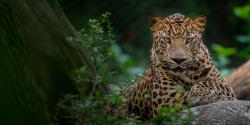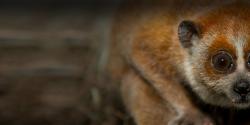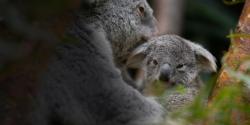The American black bear is the smallest and most widely distributed bear species in North America.
With a population double that of all other bear species combined, it is by far the most common member of the bear family. However, smaller populations of this bear are currently under threat.
Scientific Name: Ursus americanus
Conservation Status: Least Concern
Size: The standing height of male bears averages 5-6 feet and females average 4-5 feet. Adult black bears range between 2 1/2 and 3 feet at the shoulder when on all fours.
Weight: Males range from 400 to 500 pounds and females from175 to 300 pounds.











